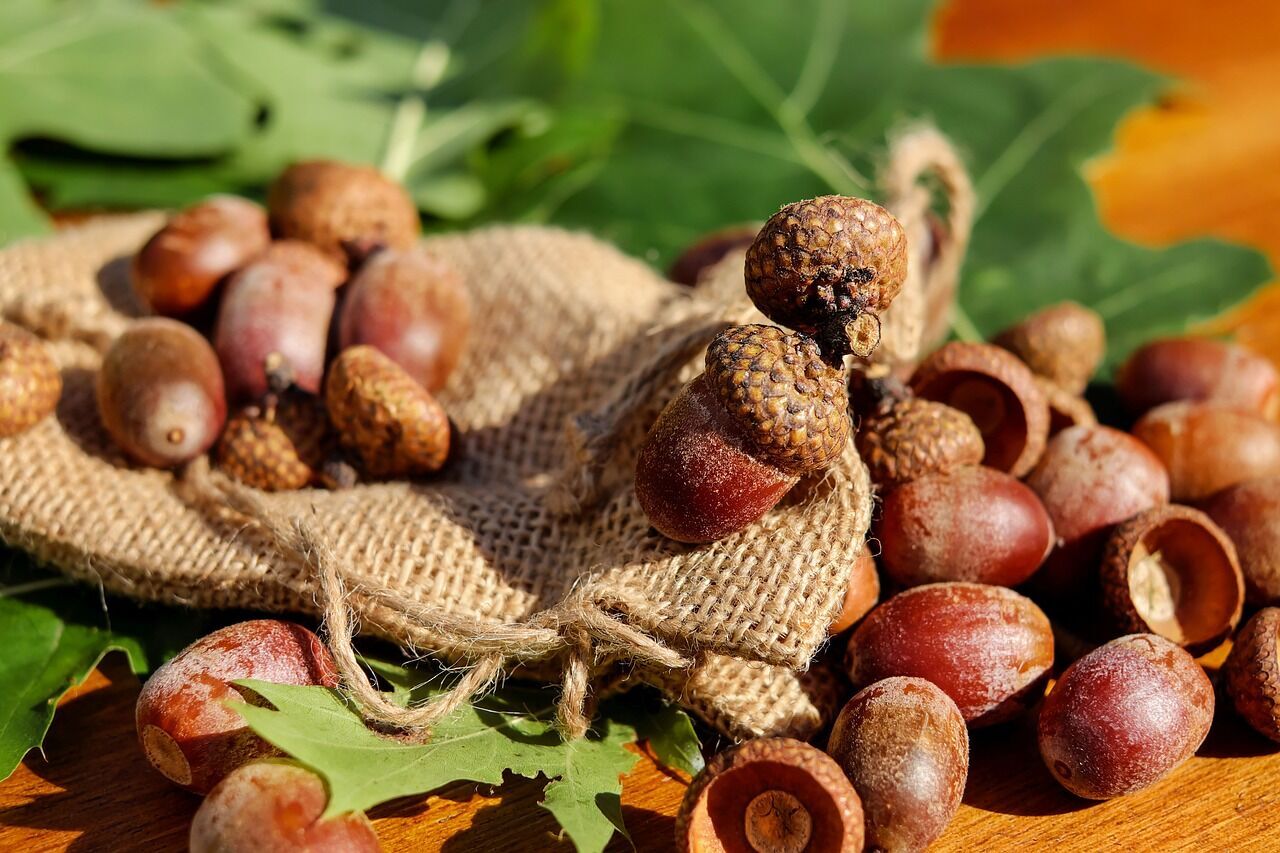Acorns are not something most of us think about as food, however, Acorns were a staple of many Indian tribes and were used as a primary foodstuff from one coast to another. According to Jackie Clay (of Backwoods Home fame) Acorns have been tested and found to be possibly the best food for effectively […]
Category: Cooking & Food Storage
Various articles on food storage, food preparedness, cooking, and general kitchen stuff
How to Make Sumac Lemonade: A Survival Source of Vitamin C
Today we are going to take staghorn sumac and make a refreshing drink often called “sumac-aide” Thats hard to say so I just call it Sumac Lemonaide. Sumacs grow throughout the world with Staghorn Sumac (Rhus Hirta- Rhus Glabra) is the most common. While we don’t use it as a spice here in North […]
How to Make Modern Pemmican Using Peanut Butter Instead of Grease
I grew on a state park as a son of a park ranger and was encouraged (maybe that’s too strong a word –tolerated) to explore Native American crafts and wilderness survival skills. I had always wanted to make pemmican, but since I lived on a state park, I could not hunt so I never had […]
Recipe: Fried Rabbit Liver
Growing up I never was a fan of liver, and to tell the truth, I am still not a fan of most liver, but I have started acquiring a taste for fried rabbit liver. I blame my bride for that. Normally she is helpful, but not exactly excited with my experiments and attempts to videotape […]
How To Make Corn Tortillas and Nacho Chips
Knowing how to make corn tortillas and nacho chips is a great way to change up your eating experience. Because flat bread is easy and cheap many cultures use variations. In Asia they have Nan, in the Middle East you have chapatti, in North Africa you have injera, and you also have puri and […]





